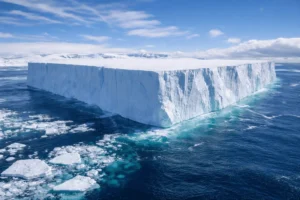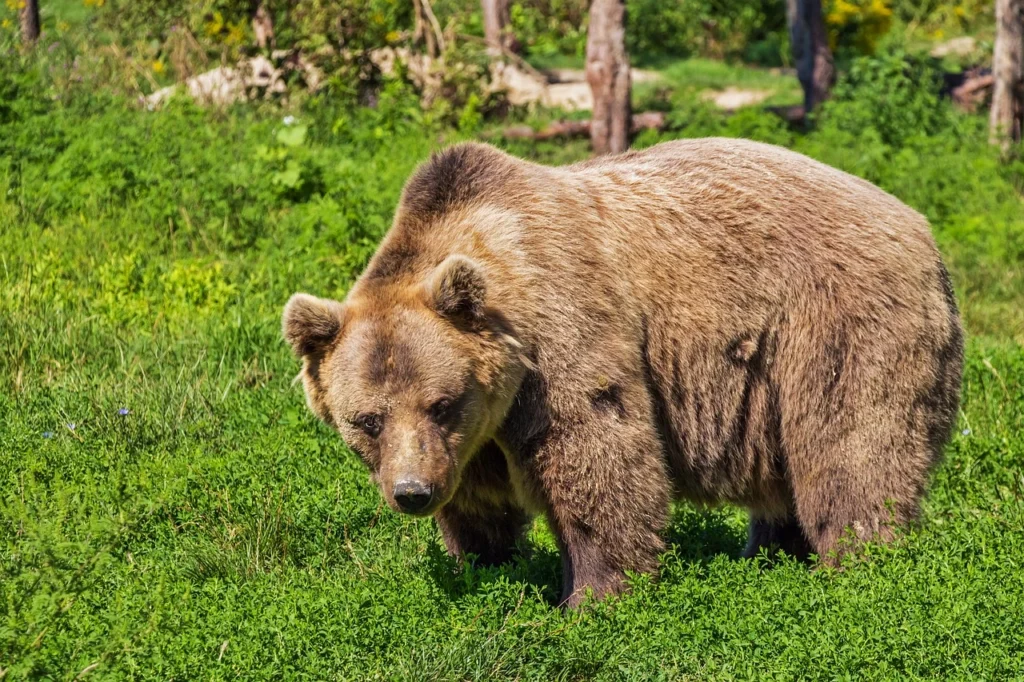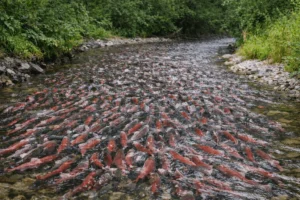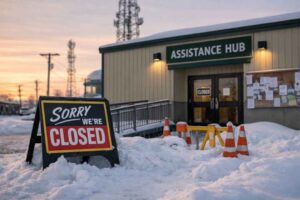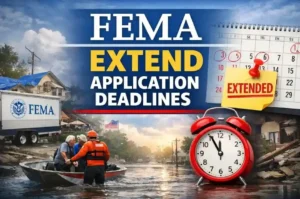Do you want to watch a grizzly bear fish for salmon or a majestic bald eagle soar through the sky? Wildlife in Alaska offers these experiences and so much more! Alaska’s vast wilderness is home to some of the most diverse and abundant animal species in the world. In this article, we will explore the best places to see wildlife, the top times to visit, and tips for making your adventure unforgettable.
Alaska’s Wildlife: A Natural Wonder
Did you know that Alaska is home to over 1,000+ vertebrate species, including mammals, birds, fish, and even reptiles? That’s not all. Its wildlife includes some iconic animals:
- Brown bears: Around 30,000 roam Alaska, making up 70% of North America’s population.
- Black bears: Approximately 100,000 call this state home.
- Moose: With an estimated 175,000 to 200,000 individuals, they’re hard to miss.
- Bald eagles: Alaska hosts about 30,000, the largest population in the U.S.
- Caribou: Over 950,000 spread across 32 herds, outnumbering Alaska’s human population.
From the Arctic tundra to the coastal waters, Alaska’s diverse habitats provide endless opportunities for wildlife encounters.
Best Time to See Wildlife in Alaska
Timing your visit is important to see the animals at their most active time. The best time to see Alaska wildlife is from late spring to early fall (May to September). Here’s why:
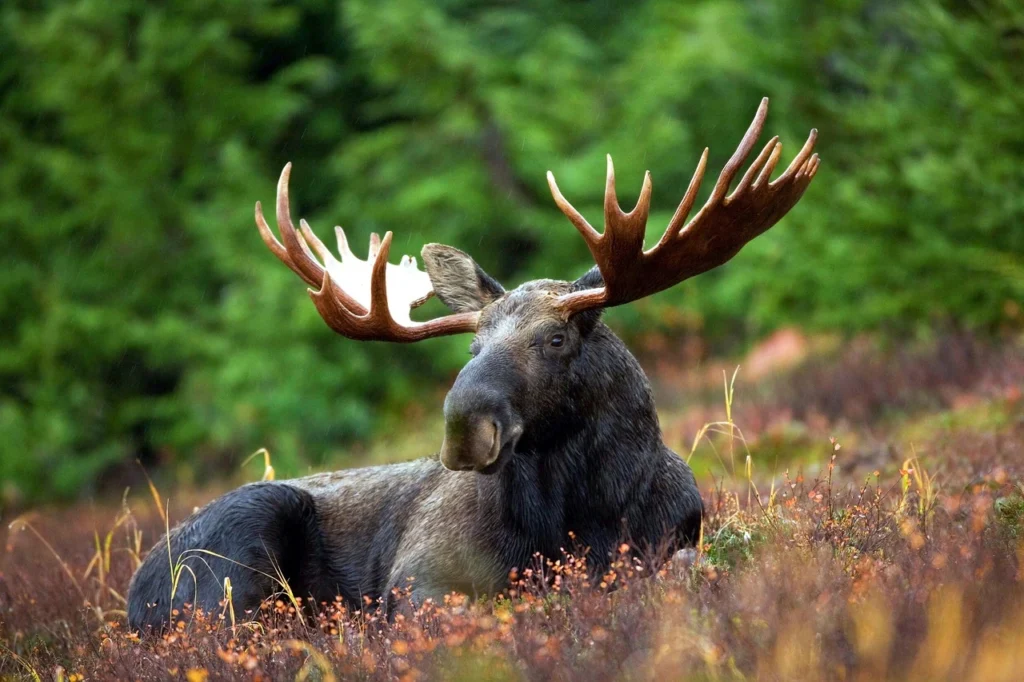
- Bears are most visible during the salmon runs in July and August.
- Birds, including bald eagles, migrate in large numbers during spring.
- Moose sightings peak in early summer or during the fall mating season.
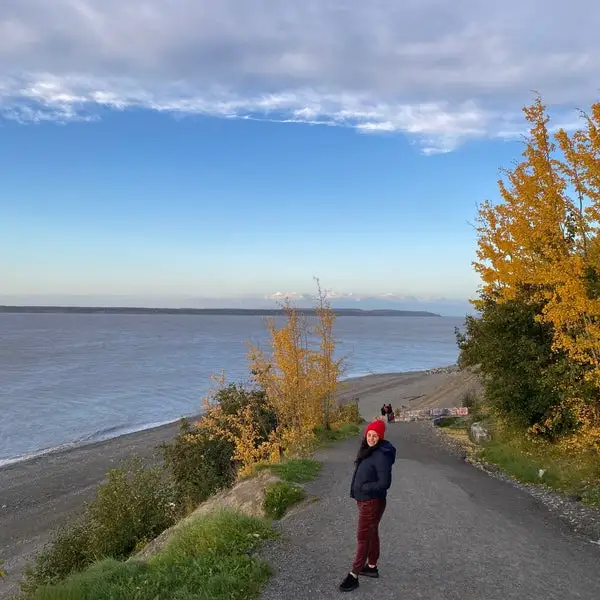
Wildlife Viewing Locations in Alaska
Alaska is full of incredible major wildlife hotspots for public. From easily accessible urban parks to remote national preserves, there’s a destination for everyone. Below is a detailed guide to the top places for wildlife in Alaska:
| Location | Highlights | Details |
| Point Woronzof Road | Moose sightings, scenic views | Located in Anchorage, ideal for spotting moose along the road while enjoying airport views. |
| Kincaid Park | Moose, bears, eagles | A 1,400-acre park with extensive trails for hiking and wildlife viewing. |
| Campbell Creek Estuary | Sandhill cranes, moose | Features a loop trail with views of the Anchorage Coastal Wildlife Refuge. |
| Potter Marsh | Birdwatching, moose | Part of Anchorage Coastal Wildlife Refuge, great for spotting Arctic terns and trumpeter swans. |
| Eagle River Nature Center | Eagles, moose, bears | Educational programs and a picturesque valley setting make this a top wildlife spot. |
1. Denali National Park
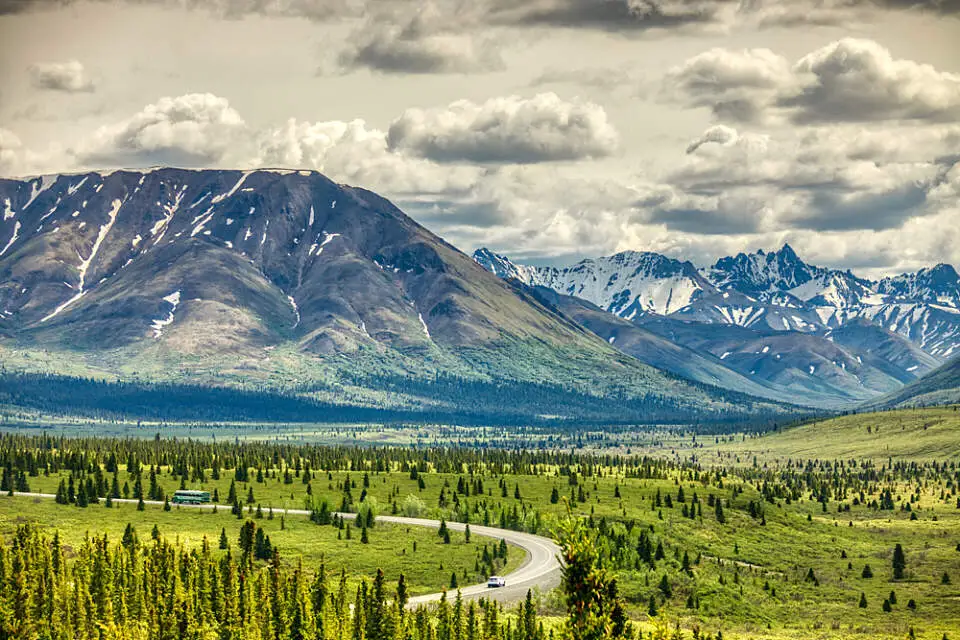
Address: Mile 237 Parks Hwy, Denali Park, AK 99755
Wildlife: Home to Alaska’s “Big Five” (moose, caribou, Dall sheep, wolves, and grizzly bears).
Details: This six-million-acre park offers bus tours and hiking trails for the best wildlife viewing.
2. Kenai Fjords National Park
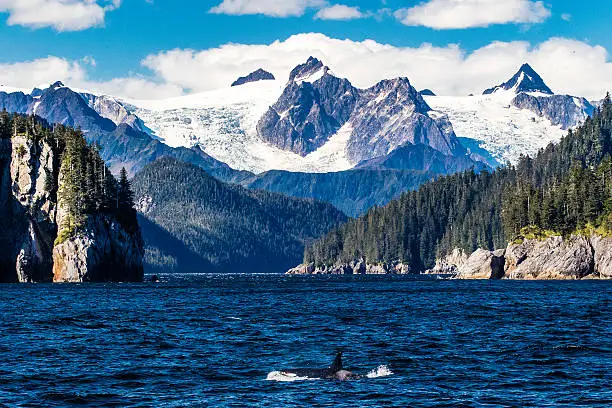
Address: Visitor Center, Seward, AK 99664
Wildlife: Marine life including humpback whales, sea lions, and puffins.
Details: Boat tours run from late spring to early fall, offering stunning views of glaciers and animals.
3. Lake Clark National Park
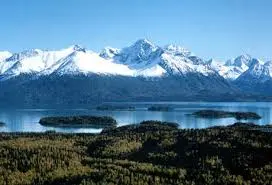
Address: Accessible only by boat or small aircraft.
Wildlife: Famous for bear viewing during salmon runs (June–September).
Details: This remote location provides a more private and tranquil experience.
More Amazing Locations
| Location | Key Wildlife | Details |
| Turnagain Arm | Dall sheep, beluga whales | A scenic drive with cliffside sheep and belugas in the waters below. |
| Ship Creek | Salmon, eagles | Watch salmon runs and spot eagles while exploring the trails near Anchorage. |
| Alaska Wildlife Conservation Center | Bears, bison, moose | A sanctuary for injured animals, offering up-close wildlife viewing in a natural setting. |
| Chilkat Bald Eagle Preserve | Bald eagles | World’s largest bald eagle gathering occurs here during the salmon run (October–February). |
Affordable Bear Viewing in Alaska
Want to see bears without breaking the bank? Alaska has plenty of affordable options for unforgettable bear-watching experiences:
- Bear Viewing in Homer Alaska: Katmai National Park and Lake Clark are top spots during the salmon run. Flights from Homer make this accessible.
- Chugach State Park: Near Anchorage, this park offers trails where you can spot black bears.
For the best bear watching in Alaska, aim for July and August when salmon runs attract large numbers of bears.
Marine Wildlife: What Animals Live in Alaska Waters?
If marine life is on your list, consider seward whale watching tours from May to September, when humpback and orca sightings are common.
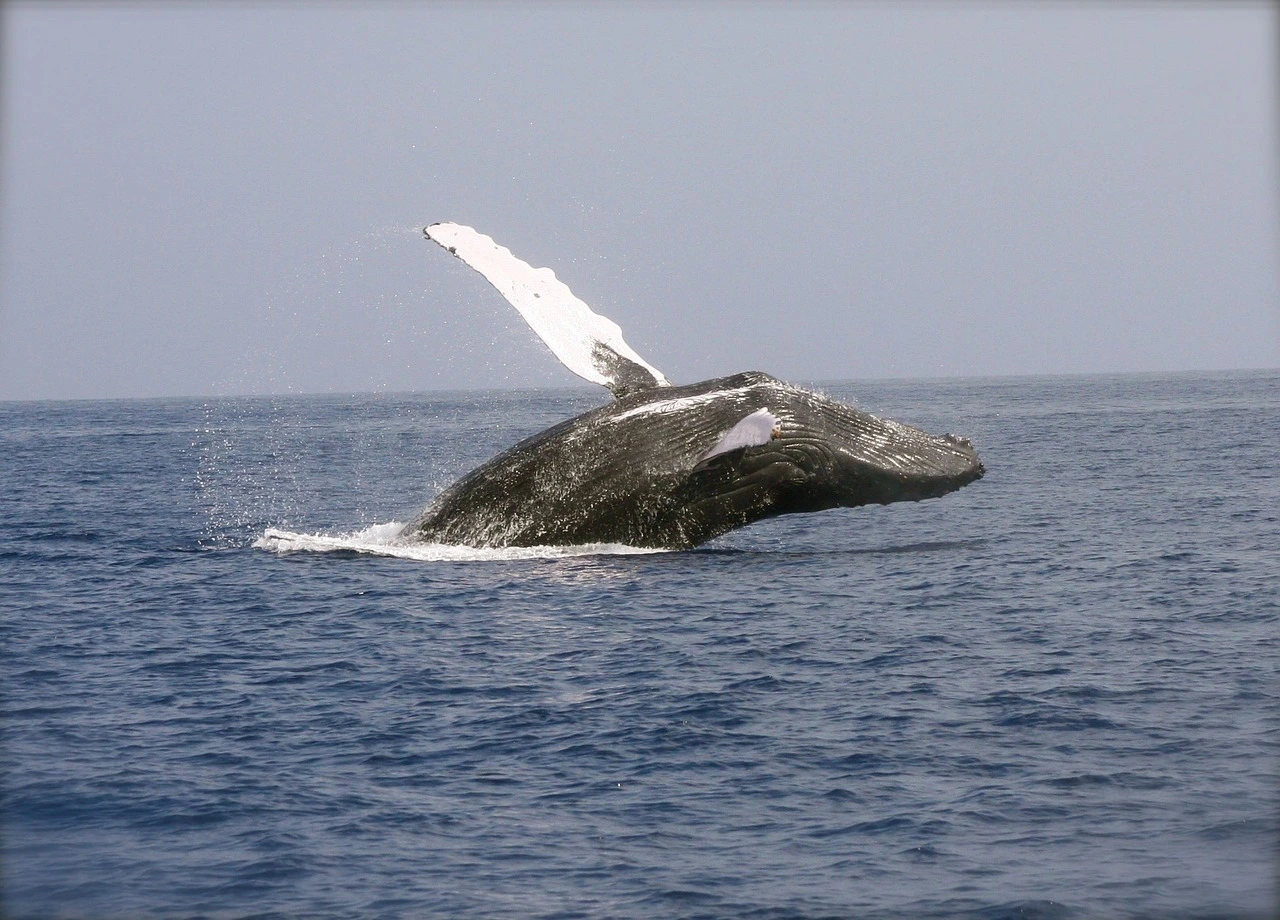
Alaska’s coastal waters are alive with marine animals. Whether you’re taking a seward whale watching tour or exploring on your own, here’s what you can see:
- Whales: Humpbacks and orcas are most active in summer.
- Sea otters and seals: Often found lounging near the Kenai Peninsula.
- Salmon: With over 400 fish species in Alaska’s waters, the salmon runs are essential for both wildlife and local culture.
| Marine Animal | Best Viewing Spot | Season |
| Humpback whales | Kenai Fjords, Glacier Bay | May to September |
| Beluga whales | Turnagain Arm | Summer |
| Sea otters | Coastal waters, Kenai Peninsula | Year-round |
Dangerous Animals in Alaska
Alaska’s wildlife is incredible, but some species demand caution. The top most dangerous animals in Alaska include:
- Brown bears – Powerful predators, best viewed from a safe distance.
- Moose – Surprisingly aggressive if they feel threatened.
- Wolves – Usually shy, but still dangerous if cornered.
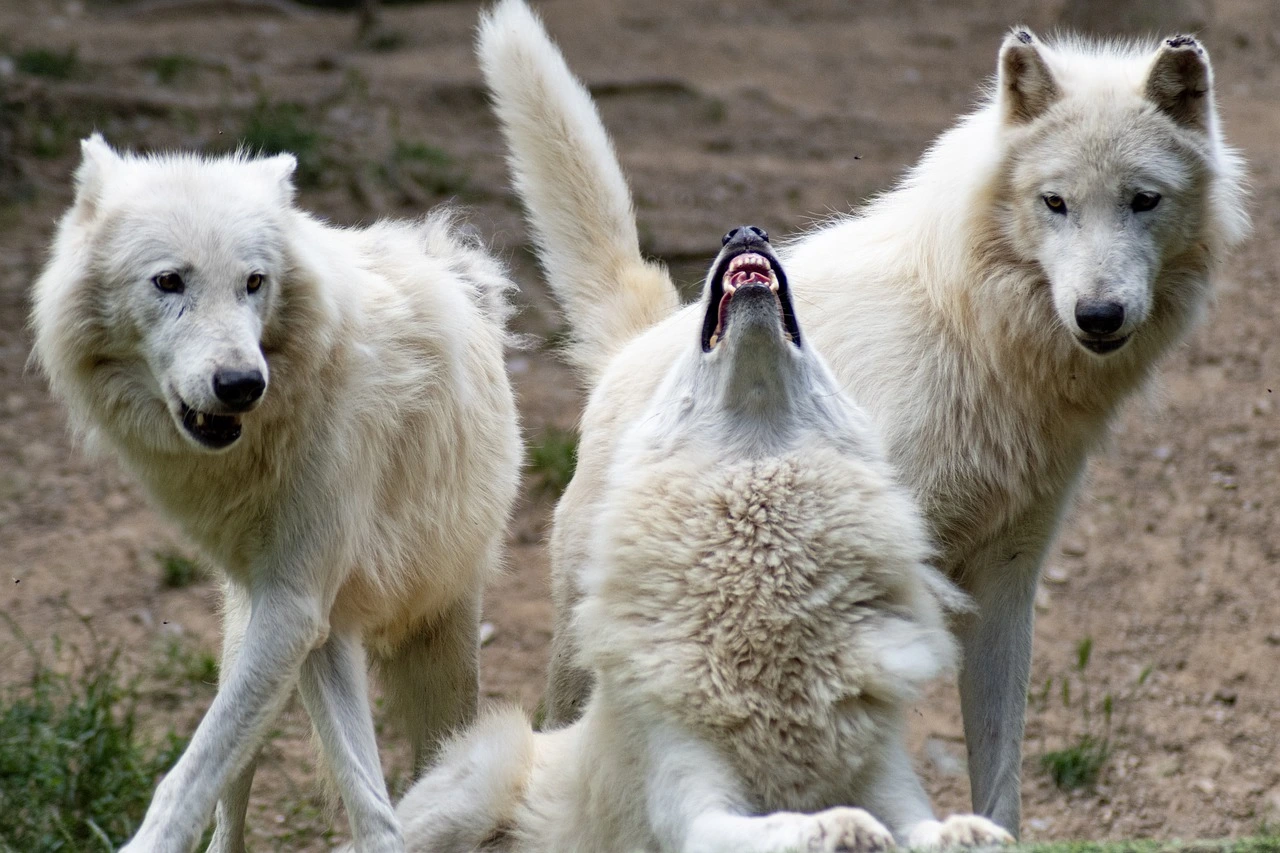
Safety tip: Always carry bear spray and follow park guidelines to minimize risks.
Wildlife Photography Alaska Animals
From snapping shots of Alaska animals pictures to photographing, Alaska is a photographer’s dream. Here are some tips:
- Use a zoom lens for close-ups without disturbing animals.
- Visit hotspots like Denali or Glacier Bay for diverse photo opportunities.
- Early mornings and late afternoons offer the best light for wildlife photography.
Conclusion
Whether you’re drawn to affordable bear viewing in Alaska, seward whale watching, or simply taking in the sights of moose riding in Alaska (from a safe distance!), the state’s wildlife is unforgettable. From Denali’s rugged wilderness to the tranquil shores of Kenai Fjords, there’s no better place to experience nature at its finest.
FAQs
What kind of wildlife do you see in Alaska?
Alaska is full of amazing animals. You can see:
- Mammals: Brown bears, black bears, polar bears, moose, caribou, wolves, and sea otters.
- Birds: Over 530 types, like bald eagles, snowy owls, and many migratory birds.
- Fish: Salmon (like sockeye and king), halibut, and northern pike swim in Alaska’s rivers and seas.
- Marine Life: Beluga whales, seals, sea lions, and bowhead whales live along the coasts.
What are the big 5 animals in Alaska?
The “Big Five” are the animals people love to spot most:
- Brown Bears: About 30,000 live in Alaska.
- Black Bears: Around 100,000 are found across the state.
- Moose: There are between 175,000 and 200,000 moose in Alaska.
- Caribou: About 950,000 roam in large herds.
- Wolves: Roughly 7,000 wolves live in Alaska’s wild areas.
What is the wildlife habitat in Alaska?
Alaska’s animals live in all kinds of environments:
- Tundra: Great for caribou and migratory birds in summer.
- Forests: Home to moose, black bears, and many bird species.
- Coastal Areas: Seals, sea lions, and whales live here.
- Wetlands: Important for fish like salmon and for birds to nest.
What animals are in the Eagle River in Alaska?
The Eagle River is a wonderful place to see animals like:
- Moose: Commonly seen near the trails and roads.
- Bears: Both black bears and brown bears visit, especially during salmon season.
- Bald Eagles: Often hunting for fish along the river.
- Beavers: Hard at work building dams and lodges.
- Fish: Salmon and other fish swim through during their migration.


